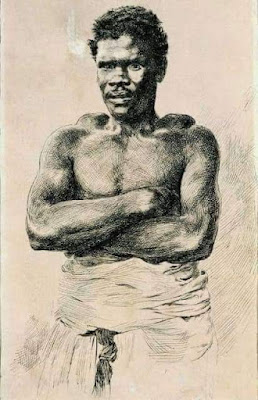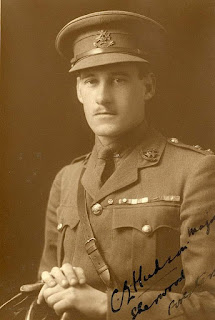The world’s first tennis superstar was a Kiwi and a soldier whose life and career was cut short by war
The world’s first tennis superstar was a Kiwi and a soldier whose life and career was cut short by war.
Anthony Frederick Wilding - Tony - was born on October 31, 1883 to Frederick and Julia Wilding. They had come to New Zealand from Herefordshire, England to Christchurch.
Frederick was a lawyer and a tennis player himself, who won several national championships.
At their farm they had two tennis courts and Tony began playing at age 6.
After schooling he went to England to go to Trinity College to study law, where he was a member of their lawn tennis team. He did manage to get a law degree but it was the tennis that defined him.
He was 17 when he won his first singles title in Canterbury then while at Trinity he entered an English public tournament reaching the semifinals where he defeated a top 10 English player.
He continued to win, partnering too with Dorothea Douglas - the reigning Wimbledon champion.
Tony’s first Wimbledon appearance was in 1904, with one win and then a loss.
His tennis career continued during a tour of Europe, making his first Davis Cup appearance as part of an Australasian team.
By 1906, Tony was touring for most of the year playing the French riviera circuit, before coming back to New Zealand where he won the Australasian championship in the singles.
His 1907 Wimbledon bid ended when he drew the same round as the eventual winner Norman Brookes.
Between 1907 and 1909 he helped the Australasian team win three consecutive Davis Cups, the first against the British Isles at Wimbledon and the last two against the United States.
Among his titles was a rare triple, the World Hard Court championship, the World Grass Court championship and the World covered court championship - not really leaving anywhere for anyone else to go!
With war breaking out Tony joined up in 1914 - initially in the Marines then going into the Intelligence corps due to his connections on the continent. At one point he was serving in the squad that used armoured Rolls Royce as their vehicles.
In February 1915 his squadron was placed at the front and he was killed in action on May 9, 1915 when a shell exploded on the roof of the dug out he was in in Frances.
He was initially buried there but later re-interred at the Rue-des-Berceaux Military Cemetery in France.
See what we do:http://genealogyinvestigations.co.nz/index.html




Comments
Post a Comment